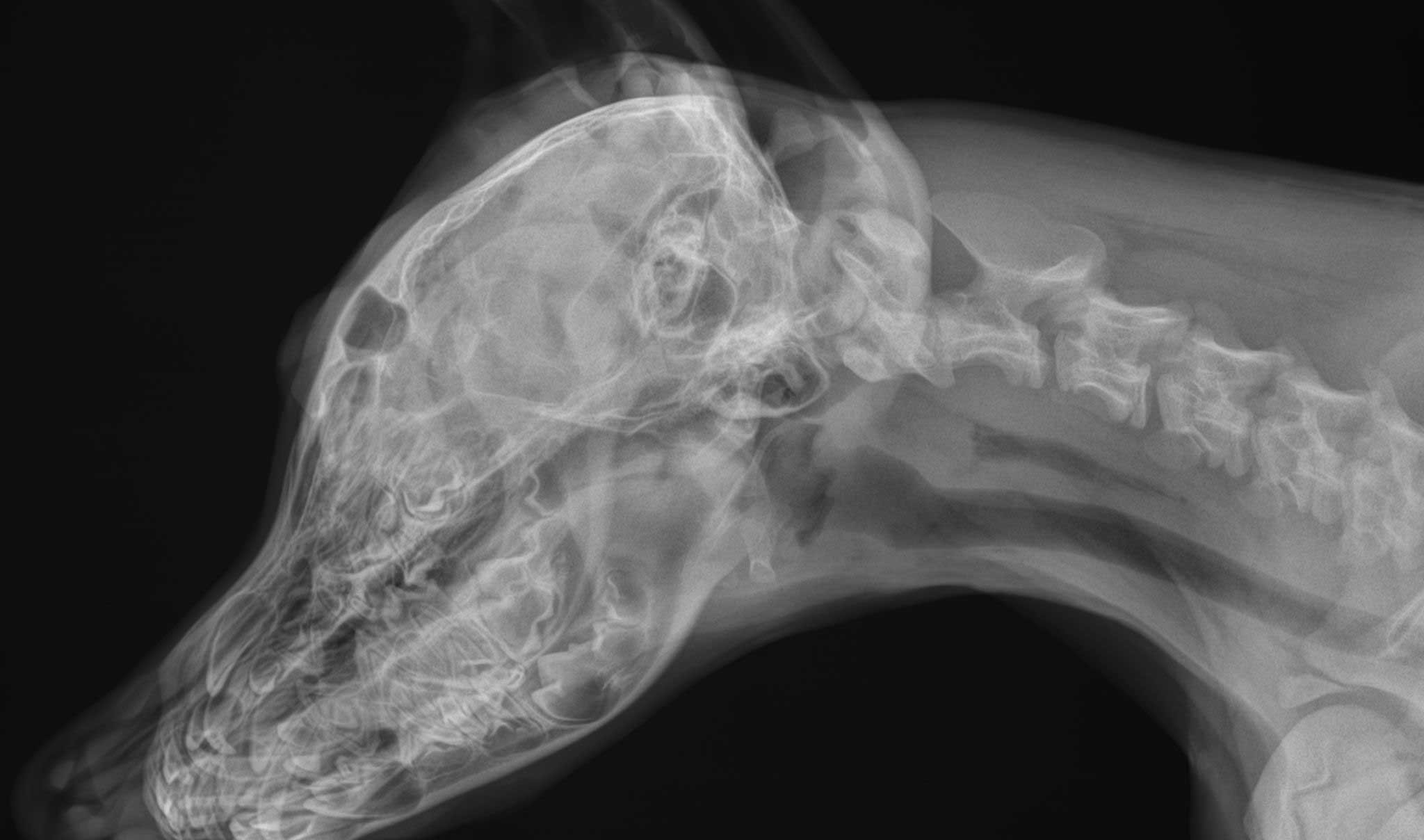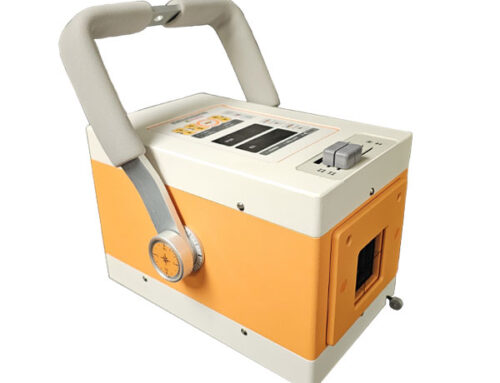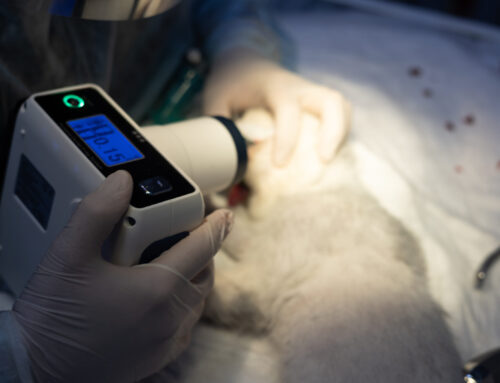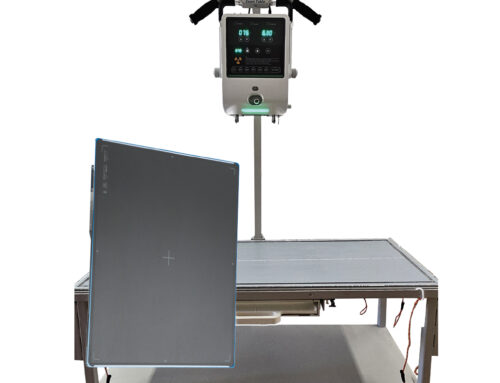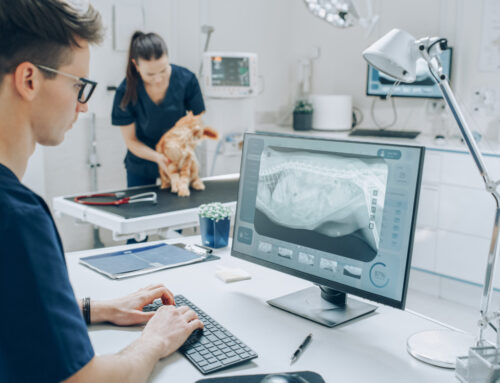Introduction:
In the past decade, veterinary medicine has witnessed a transformative shift with the adoption of digital radiography systems in place of traditional film-based methods. This transition promises a myriad of benefits, ranging from improved image quality and diagnostic accuracy to enhanced workflow efficiency. For veterinary professionals contemplating the switch to digital radiography, this article offers essential guidance to ensure a seamless transition.
Understanding the Basics:
Digital radiography involves the use of electronic detectors to capture X-ray images, eliminating the need for traditional film development. Veterinary hospitals considering this transition must first understand the fundamental differences between conventional and digital systems.
Key Benefits of Digital Radiography:
- Enhanced Image Quality: Digital radiography produces high-resolution images that offer superior clarity and detail compared to traditional film. This improvement in image quality can significantly enhance diagnostic capabilities, allowing veterinarians to identify subtle abnormalities more effectively.
- Quick Image Acquisition: Digital systems provide instant image acquisition, eliminating the time-consuming process of film development. This efficiency allows for faster patient care and reduced stress on both animals and their owners.
- Improved Storage and Retrieval: Digital images can be stored electronically, eliminating the need for physical storage space for films. This not only enhances organization but also simplifies the retrieval process when reviewing patient histories or consulting with specialists.
- Radiation Dose Reduction: Digital radiography often requires lower radiation doses compared to traditional methods, contributing to the overall safety of both veterinary professionals and their animal patients.
Addressing Challenges:
While the benefits of transitioning to digital radiography are substantial, it’s crucial to address potential challenges to ensure a successful implementation:
Initial Investment:
The upfront cost of digital radiography equipment can be a deterrent for some veterinary hospitals. However, it’s essential to consider the long-term savings in film and processing chemicals, as well as the potential for increased efficiency and revenue. There are also great financing opportunities available with low monthly payments. Highland Capital Corporation, a partner of DIS, has a quick and easy Application that shows what your low monthly payment could be.
Training and Familiarization:
Veterinary professionals will need training to become proficient in using digital systems. However, this investment in education is critical for maximizing the benefits of the new technology.
Workflow Adjustments:
The transition may temporarily disrupt established workflows. Veterinary hospitals should plan for a gradual integration to minimize any potential impact on daily operations.
Partnering with Diagnostic Imaging Systems:
For a successful transition to digital radiography, veterinary hospitals can benefit greatly from partnering with reliable vendors such as Diagnostic Imaging Systems (DIS). With our wealth of knowledge, expertise, and outstanding digital X-ray equipment, DIS can play a crucial role in supporting veterinary professionals throughout the adoption process.
Consultation and Needs Assessment:
Diagnostic Imaging Systems can conduct a thorough assessment of a veterinary hospital’s specific needs, recommending tailored solutions that align with the clinic’s size, patient load, and budget.
Training and Support:
Reputable providers offer comprehensive training programs for veterinary staff, ensuring they are proficient in using the new equipment. Ongoing support and troubleshooting assistance are also essential components of a successful partnership. Diagnostic Imaging Systems not only offers the initial training of new equipment but provides lifetime remote technical support.
Up-to-Date Technology:
Diagnostic Imaging Systems stay abreast of the latest advancements in digital radiography technology. By partnering with DIS, veterinary hospitals can access state-of-the-art equipment that meets industry standards and regulatory requirements.
Conclusion:
The transition from traditional film-based radiography to digital systems is a significant step forward for veterinary hospitals seeking to enhance patient care and streamline operations. By addressing potential challenges and leveraging the expertise of reputable providers like Diagnostic Imaging Systems, veterinary professionals can navigate the digital frontier with confidence, ultimately providing improved diagnostic capabilities and overall healthcare outcomes for their animal patient

